Today, you’re getting double the ideas for the price of one ? I’m excited to share some ways you can use mini objects, aka trinkets, in speech, as well as, recycle some summer time items.
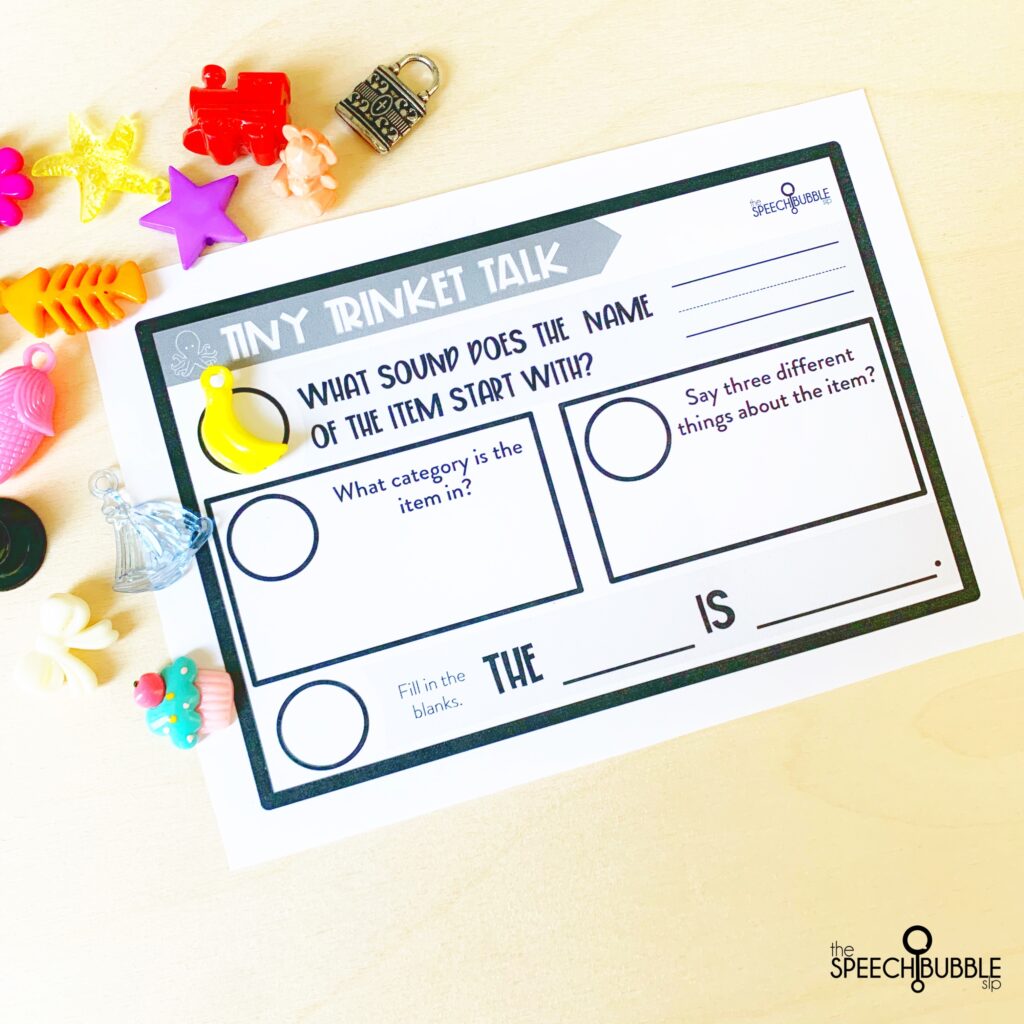
There is something about these tiny, colorful items that just compels kids to dive in and interact. I’m not about to try and understand their magic but I am sure as heck going to run with it! You can get these trinkets from Etsy , which seems to be the most popular place, or from Amazon. With Amazon, I found they are more ‘jewelry charms’ and are either all silver colored or gold colored instead of the vibrant hues you get with the Etsy assortments. There is a speech store called Speech Tree Co on Etsy who sells mini items already sorted into sets by phoneme and with some additional therapy prompt cards.
So, how can we use these mini marvels you ask? Here are some suggestions…
THERAPY TARGETS
1.Target some articulation or phonological awareness and by identifying the sounds and syllables in the item’s name.
2. What category is the item in? Are there any other trinkets from that same group in the pile? You can sort them by features as well. Put all of the trinkets with arms in one pile, all of the ocean trinkets in another, all the trinkets that are green in a third, etc.
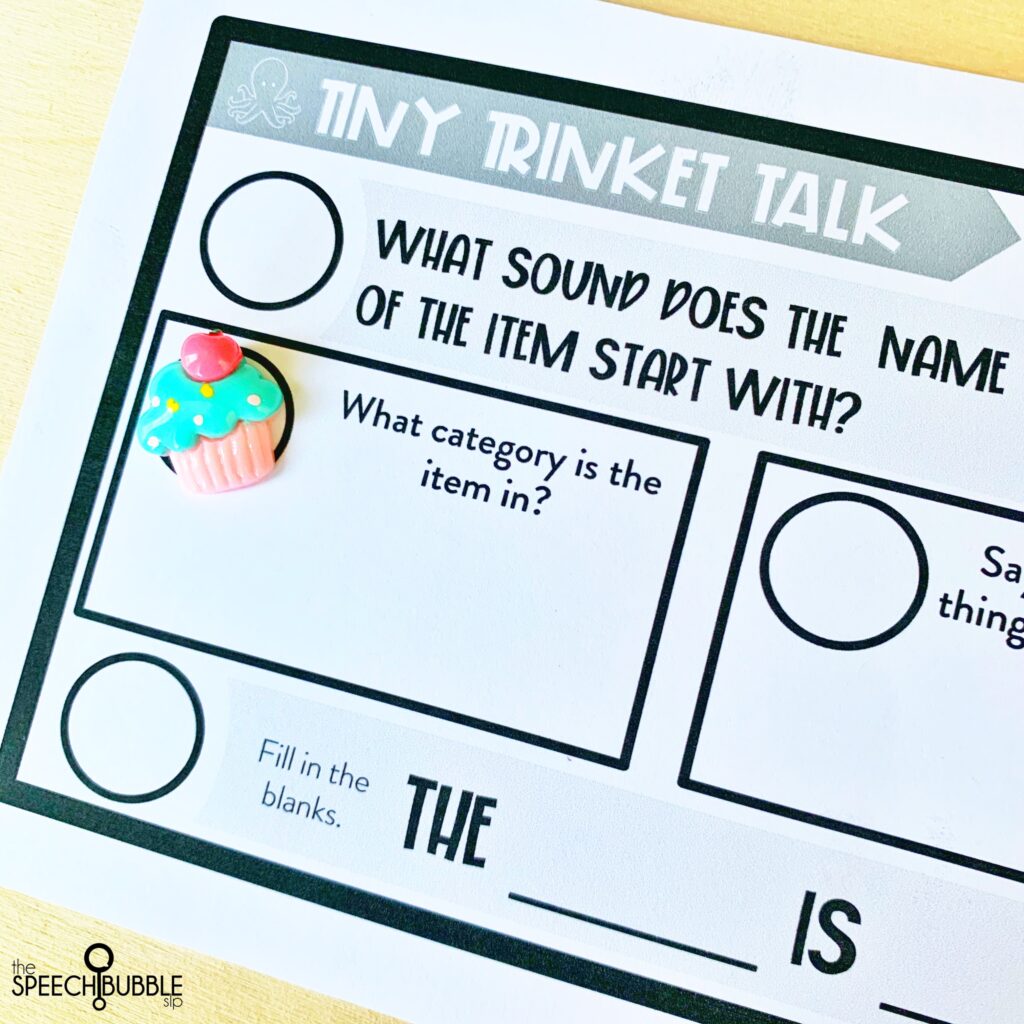
3. Target quantity concepts after you have worked on categorizing them. Which pile has the most or least. Is there a group with only a few trinkets? These items are a great, and portable way, to provide visual supports for these abstract concepts.
4. These little objects can pack in a lot of visual details which makes them great for describing!
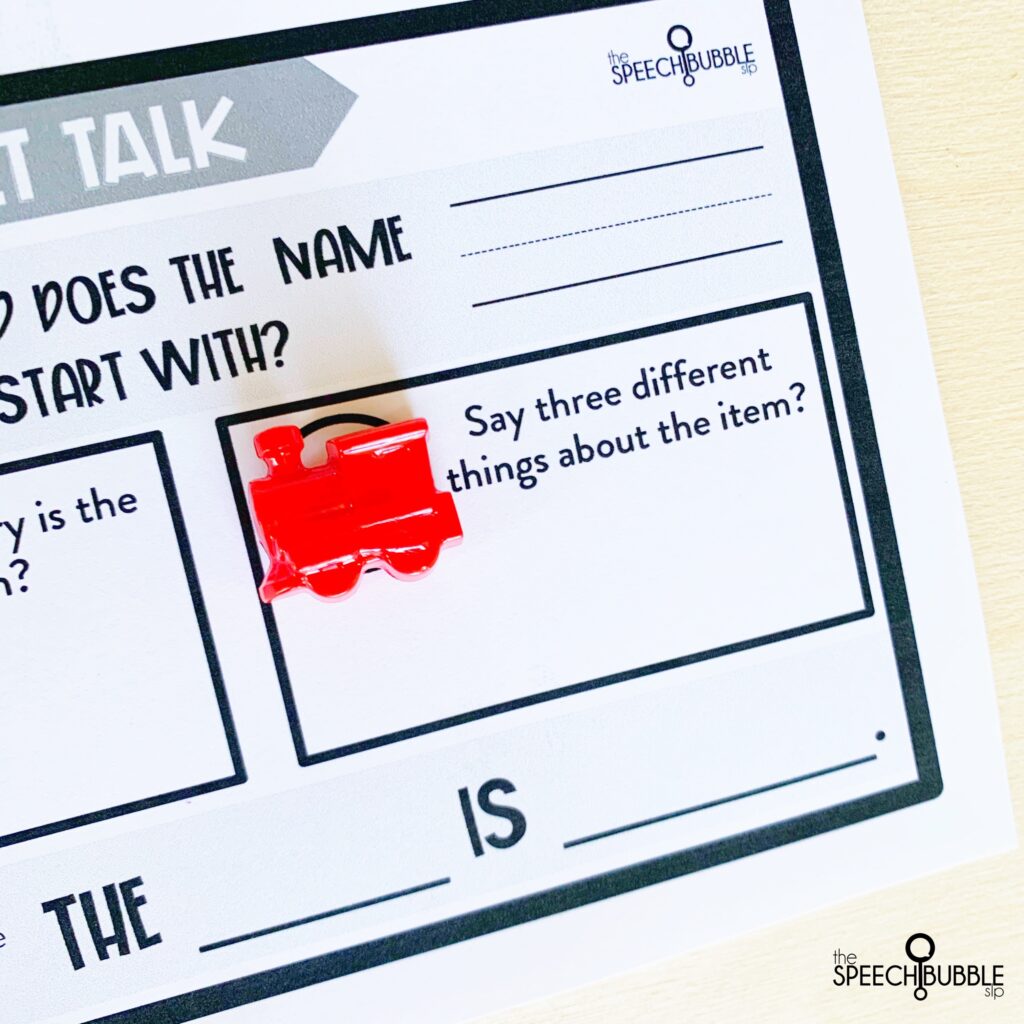
5. Comparing and contrasting activities are easy with these guys! You can draw a few Venn diagrams on the table ( with dry erase marker of course ) and place a trinket in each circle and let the kids break things down.
6. Have kids work on sentence structure. These little items fit great on sentence strips to be that added visual support for kids who need it. You can use simple frames such as
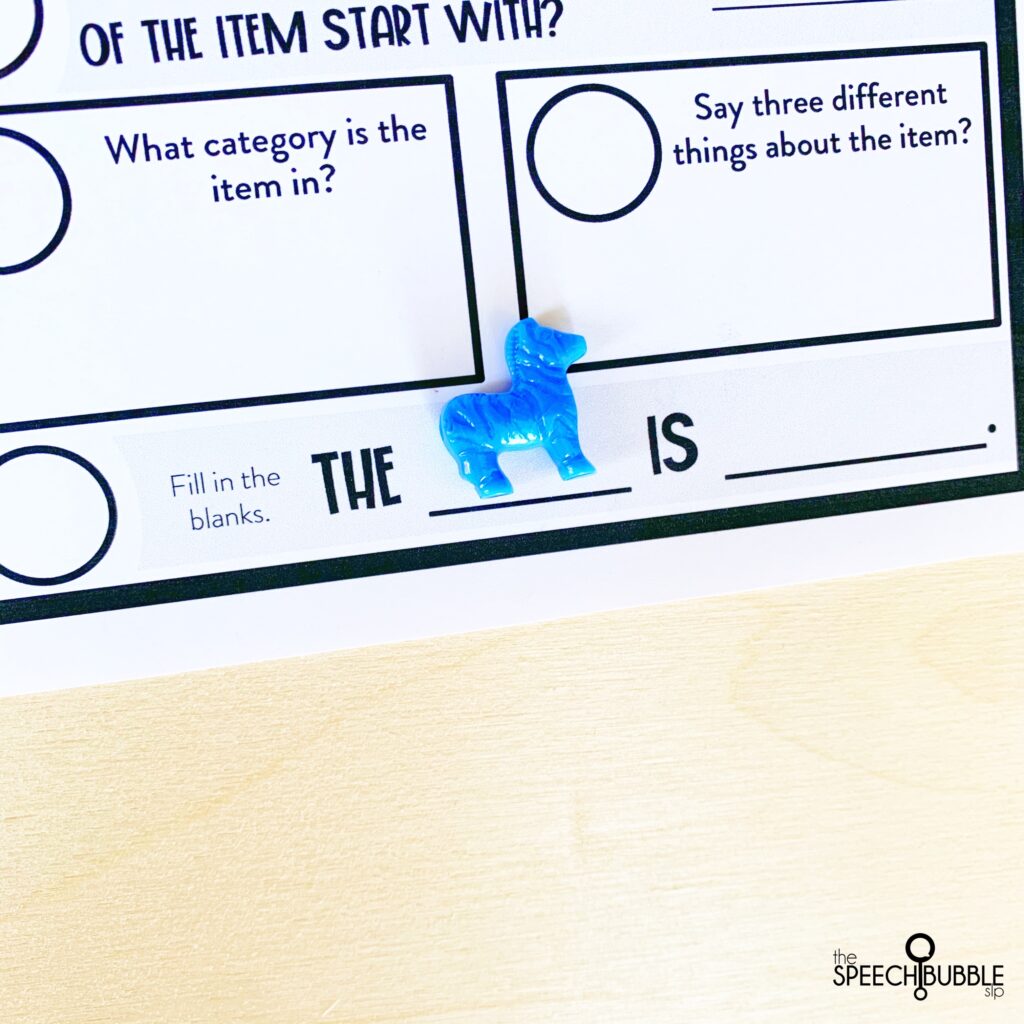
- The ____ is a kind of _____ – labeling/categorizing
- I like the ____ because _______ – reasoning
- The found a _____ and a _______ – ( conjunctions )
- These are two _________(s) – ( plurals )
*One more way is to use pair them with worksheets or activity pages in therapy. Shake up BINGO, use them as cover options, etc.
STORAGE
Now, you can put these items into your therapy session in many ways but some of the most common ways to play are:
- Sensory bins
- Eye spy bottles
- Putting several in a paper bag and having kids pull them out
Making your own eye spy bottle is not hard. You just need a bottle, filler (rice or beans) and your trinkets. Now, remember when I said that I had a double idea for you today, this is where that comes in.
During the summer at my house we go through A LOT of bubbles. The cycles goes mostly like in the picture below.
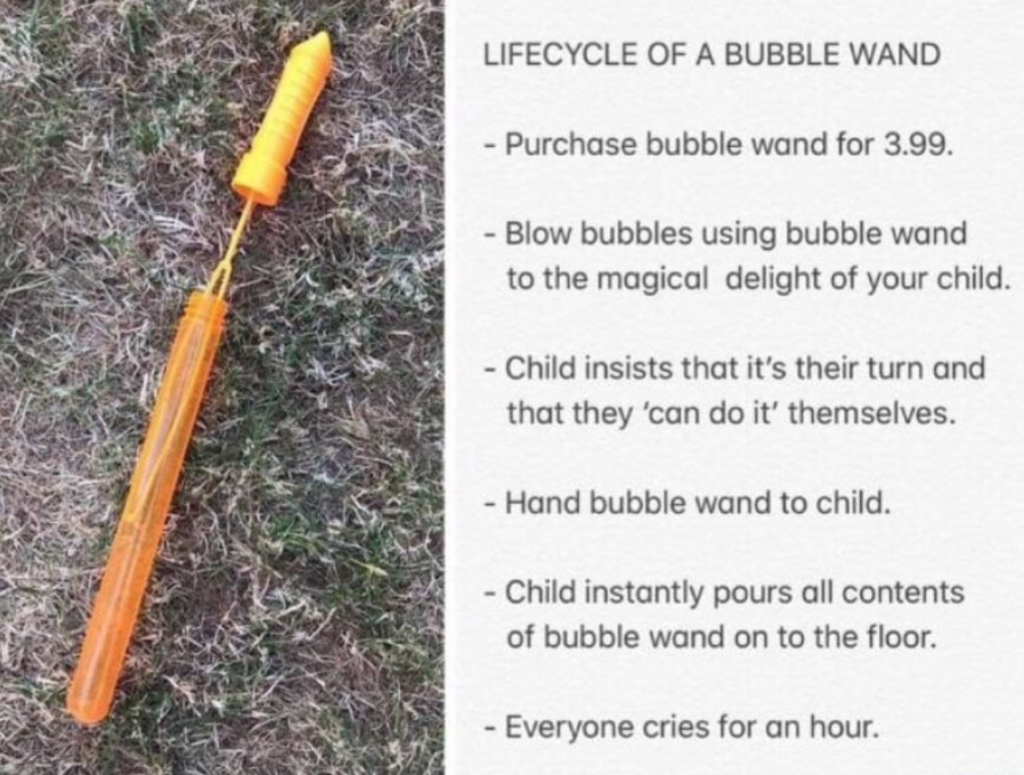
I’m cheap and get the dollar bubble bottles but the outcome is usually the same. The bonus of this is, lots of empty and ready to use eye spy bottles and since the trinkets are teeny tiny they fit great!
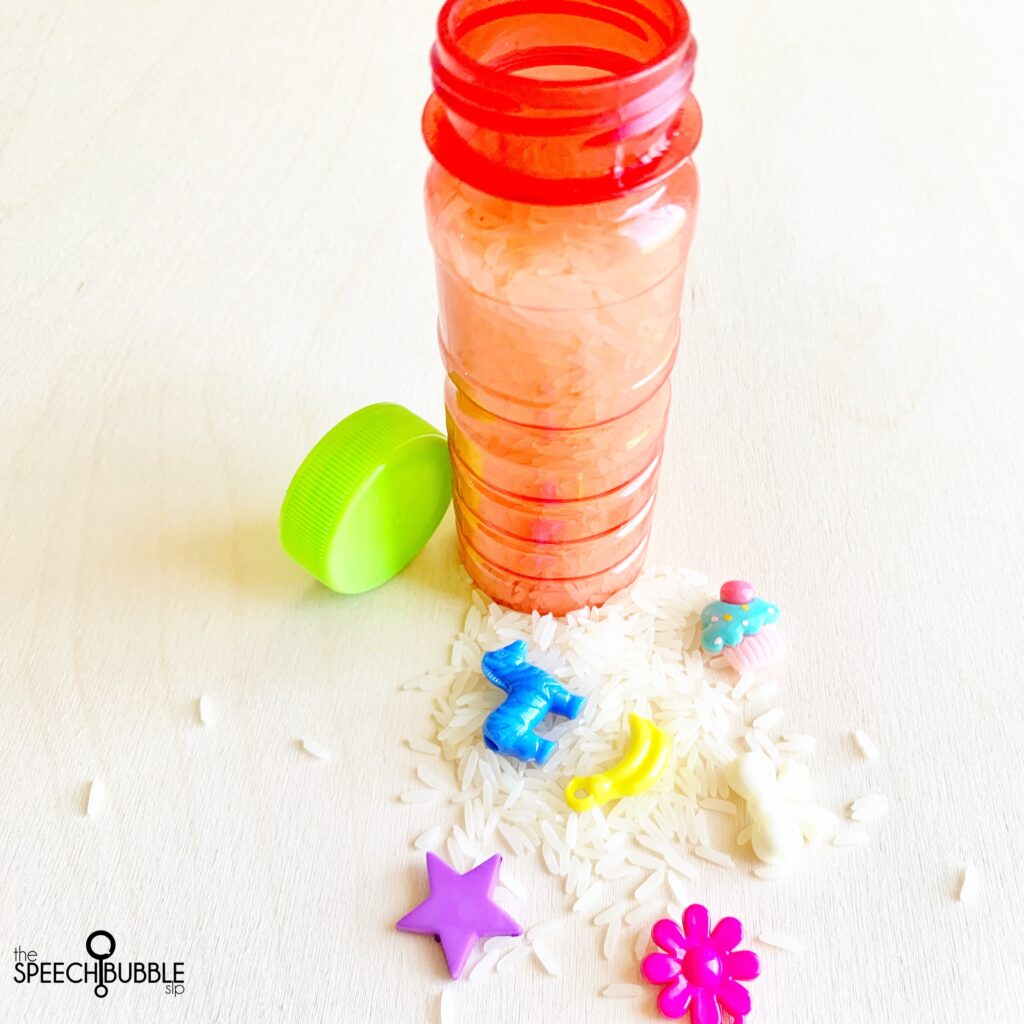
Just wash and rinse the bottles, let them dry, and fill them up. My kids have never complained about the bottles not being completely clear if there was a print or it being orange tinted rather than truly clear. I have even used the opaque ones and had the kids dump the bottle into a container and see how many items they could find in 10 seconds and then we use those for our targets. Soooo many options!
*TIP: Only use plastic bottles unless you plan on switching items out or having the kids pour them out. Glue the tops shut! If by chance a bottle should go soaring through the air into the wall, there is less chance it will bust open if the lid is glued on. Just squirt some hot glue or Elmer’s onto the threads of the top, screw on the lid, and let it dry.
You can get the Trinket Freebie you have seen in the post in the FREE RESOURCES section of my site.


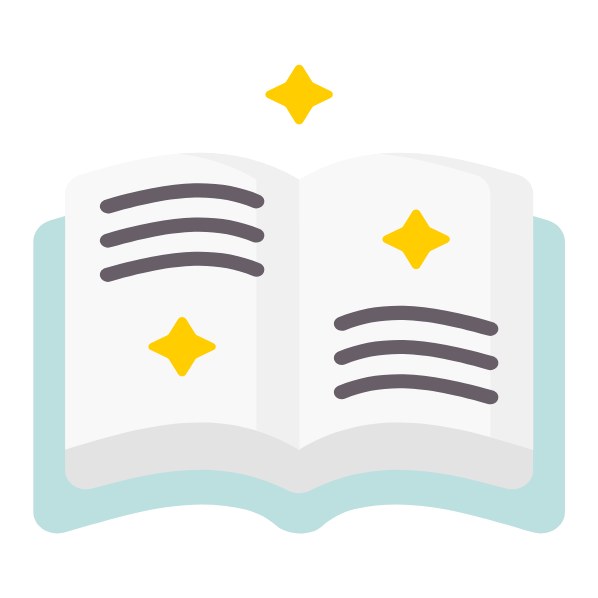


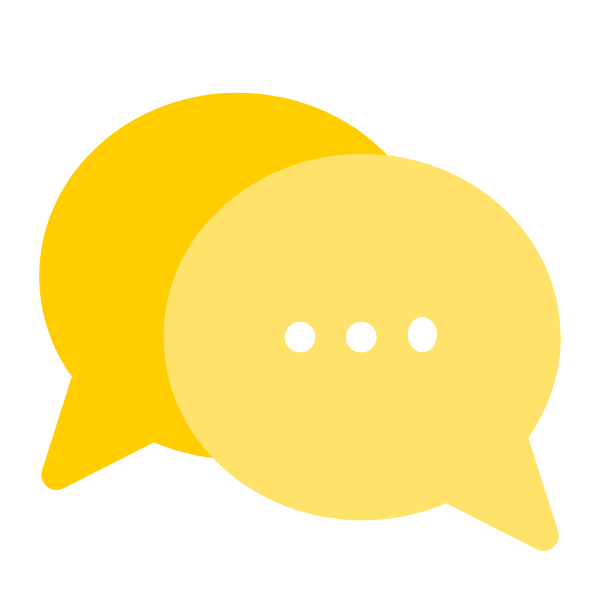


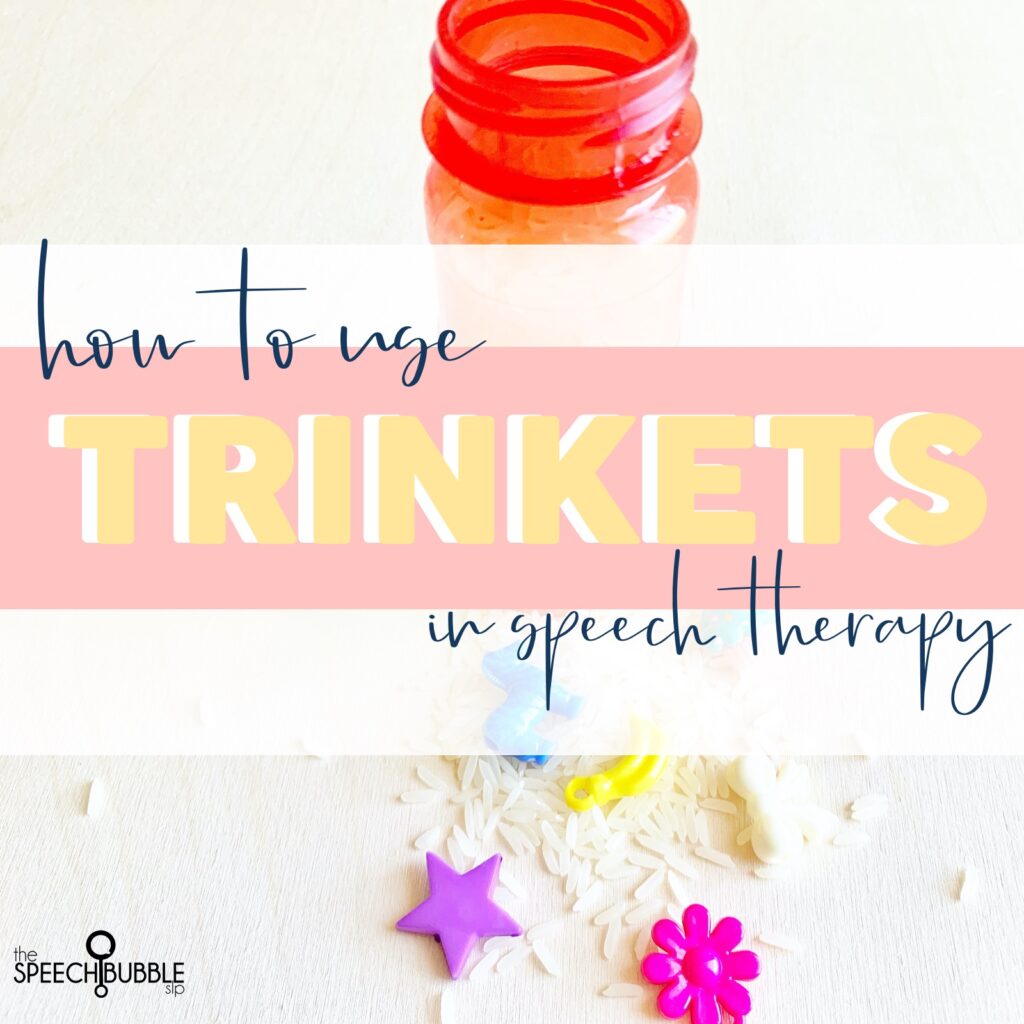
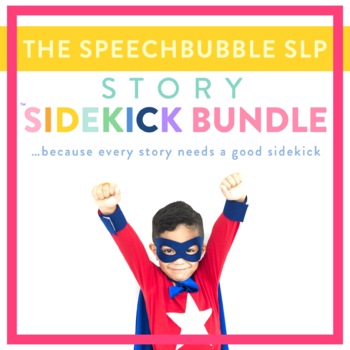
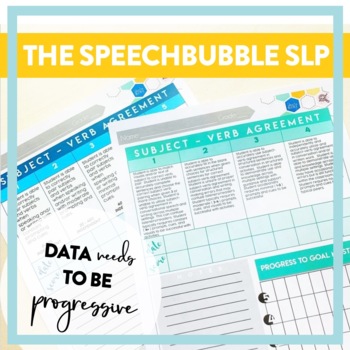
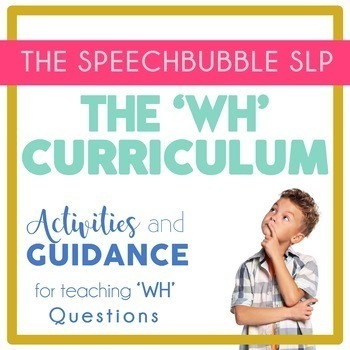


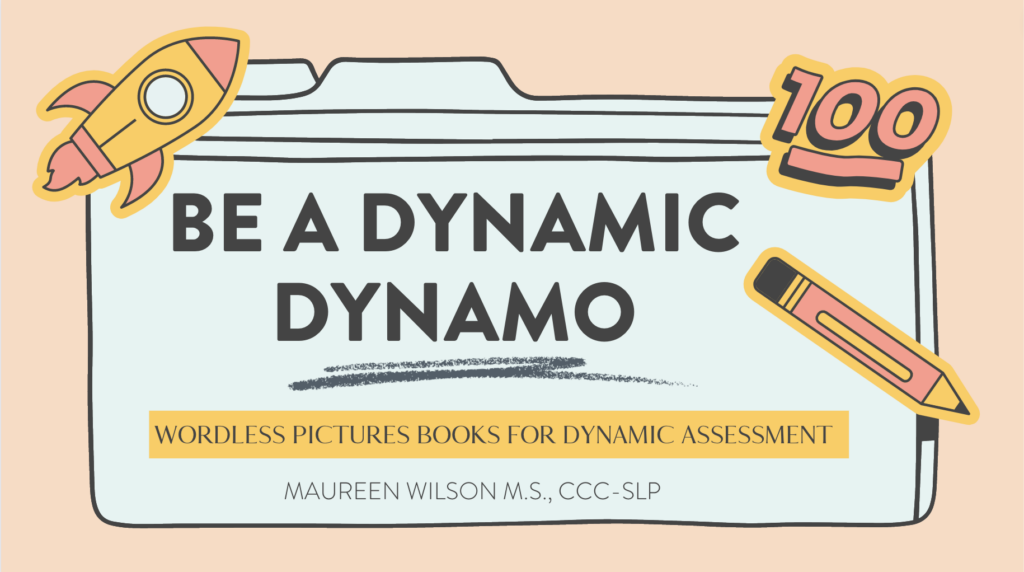
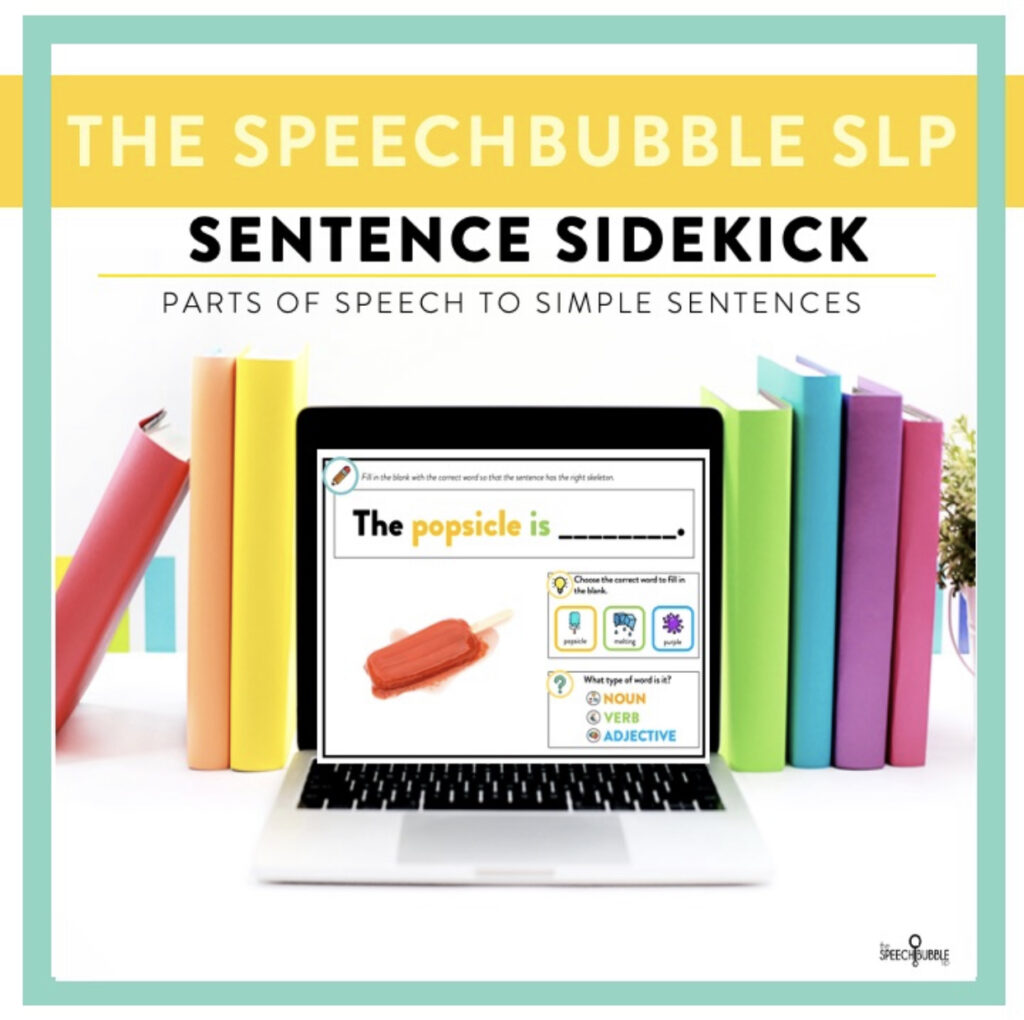
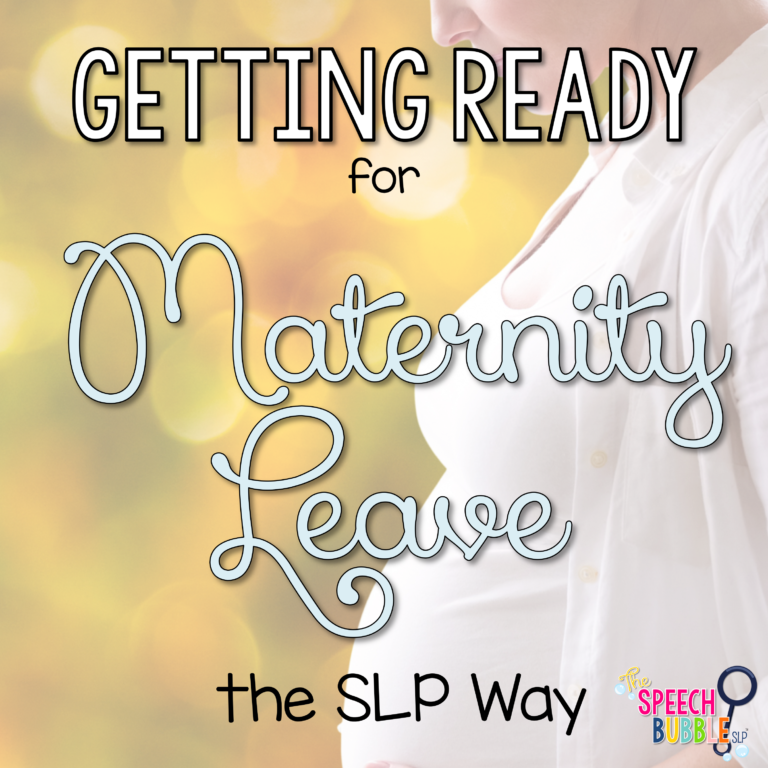

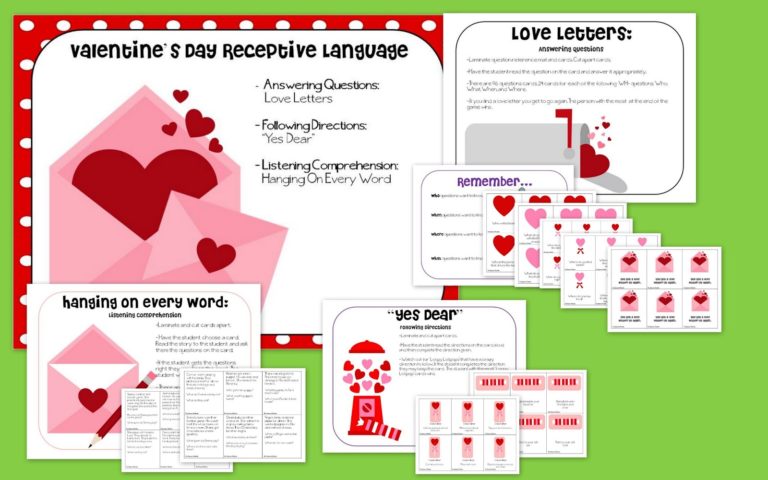
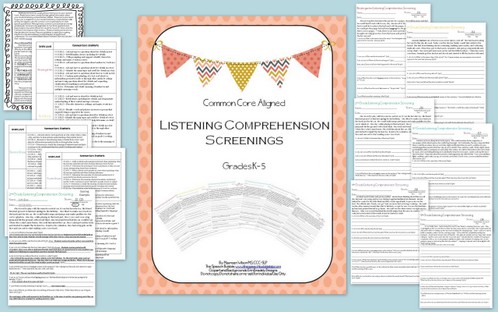

One Response
An Excellent blog,
Thanks for the information.